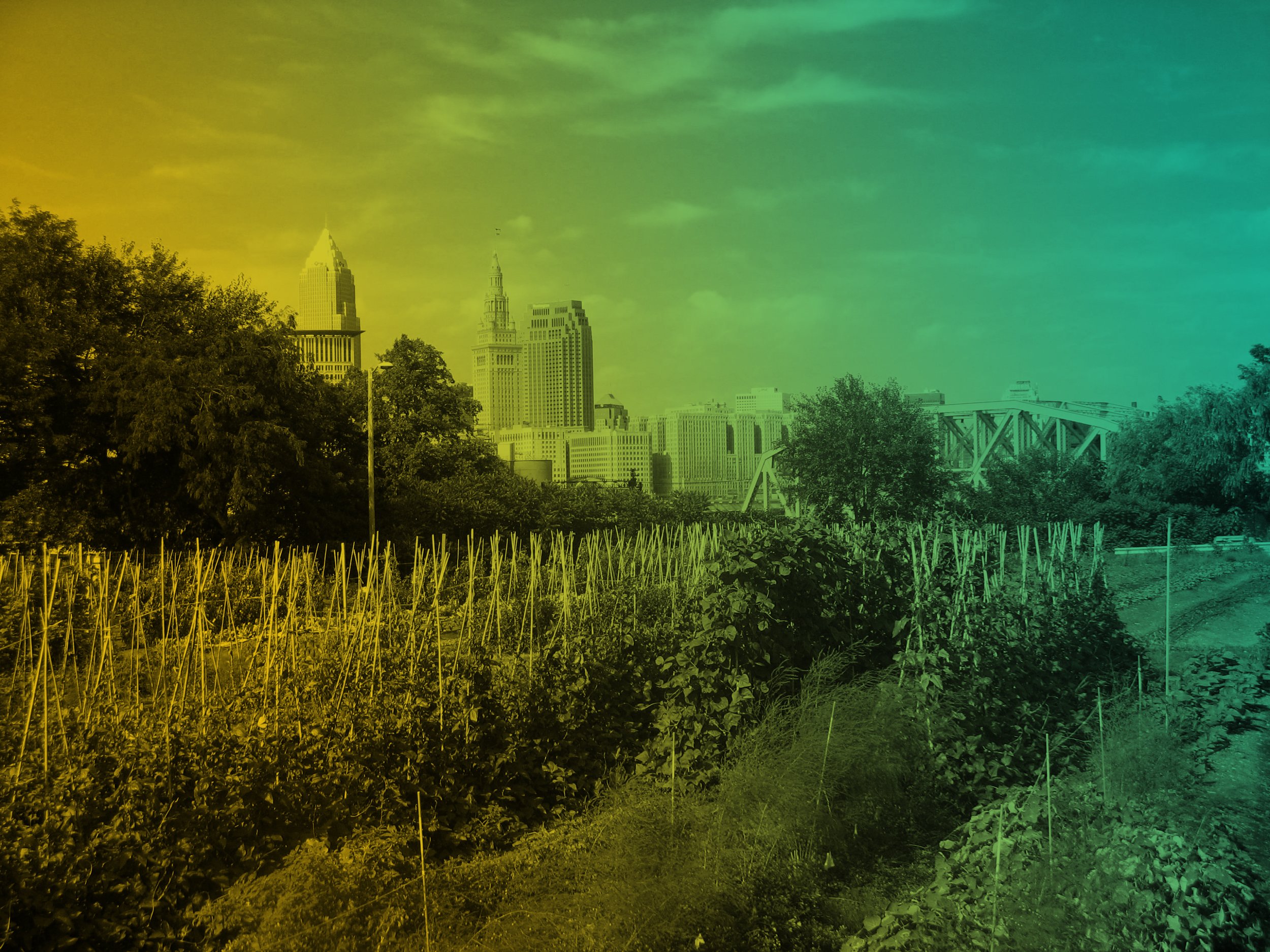
Cleveland Vacant Land Opportunity Tool
Building Healthy & Resilient Cleveland Neighborhoods through Vacant Land Reuse
The Cleveland Vacant Land Opportunity Tool (CLEVLOT) is a project funded by the U.S. Environmental Protection Agency. It started in 2022 and ran for two years. The main goal was to find ways to make it easier for people to reuse vacant land in Cleveland, Ohio, with a special focus on the Cleveland Land Bank.
Buying or leasing a vacant lot in Cleveland can be complicated. You might want to turn the empty lot down the street into a garden or a house, but you don't know where to start. Finding information about available lots is difficult. The application forms on the City of Cleveland's website are hard to locate and understand. Once you submit your application, you don't know how long it will take or where it stands in the process. If you do get site control, you might feel unsure about what to do next.
CLEVLOT is working with the City of Cleveland to make this process easier. We're helping the City publish guides and FAQs that answer common questions about Land Bank policies and procedures. We're working on an online system where you can find and apply for a lot, then track your application's progress. We're also collecting toolkits to help you plan what to do with a lot, mapping stewardship sites, and creating a directory of valuable resources to help you navigate the process. This work aims to help more people turn vacant lots into useful spaces for their neighborhoods.
We began in 2022 by talking to different groups involved in vacant land reuse. Our partners have included city officials, land use experts, and community members. Then, we held a stakeholder meeting to understand the problems people face when trying to use vacant lots.
After we identified problems faced by different types of people, we held another meeting to form four working groups. Each group focused on a different part of the vacant land reuse process:
We also held events in different neighborhoods to get ideas from residents. We talked to artists about how they might use vacant lots. We had a meeting to figure out how to choose which lots to reuse first, and for what purposes.
As we worked, we developed tools to help with vacant land reuse. These tools aim to:
Make it easier to find information about vacant lots
Simplify the process of applying for a lot
Help people track their applications
Provide guidance on what to do with a lot once they own it
We shared our progress at public events. In November 2023, we held a showcase where people could see and give feedback on our work. In December 2023, we presented our findings at in a public forum at Cleveland State University.
Throughout this project, we worked with classes of students to research specific topics, like visualizing environmental justice in Cleveland and the role of administrative policies and city councilmembers in the land reuse process.
CLEVLOT isn't just about creating tools. It's about changing how Cleveland deals with vacant land. We want to turn empty lots into spaces that help neighborhoods. By making the process easier, we hope more people will get involved in improving their communities.
Our work with the City of Cleveland continues. We're focused on putting our ideas into practice. The goal is to have a system that's easy to use and helps turn vacant lots into valuable community spaces.

